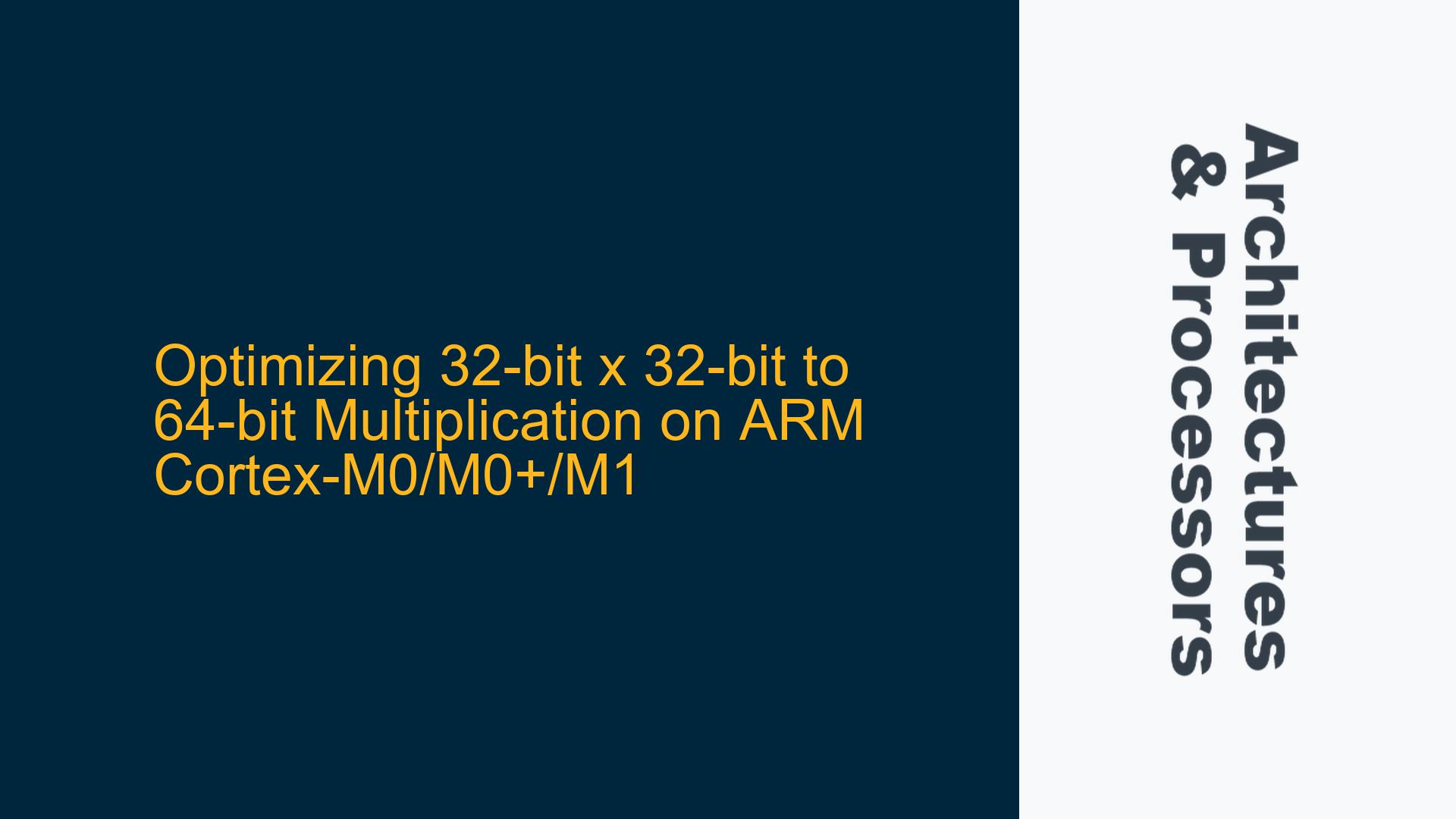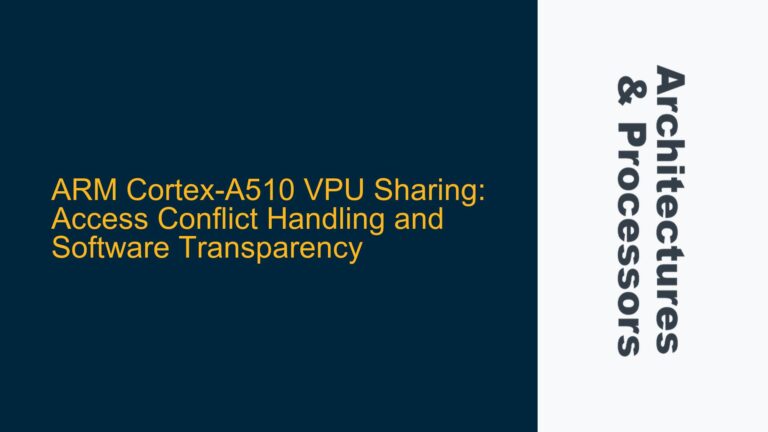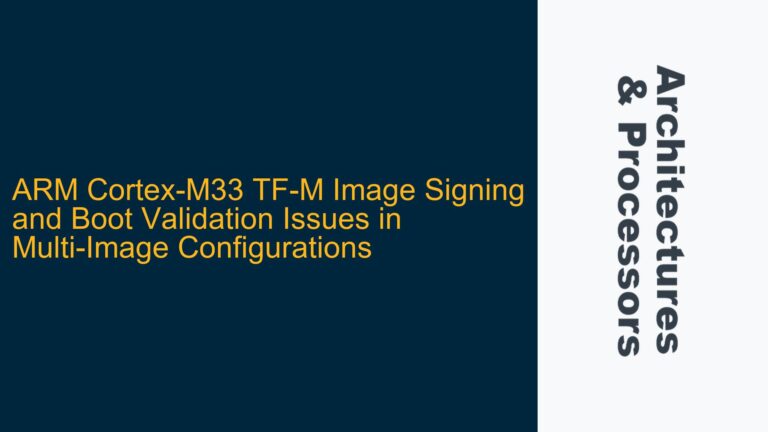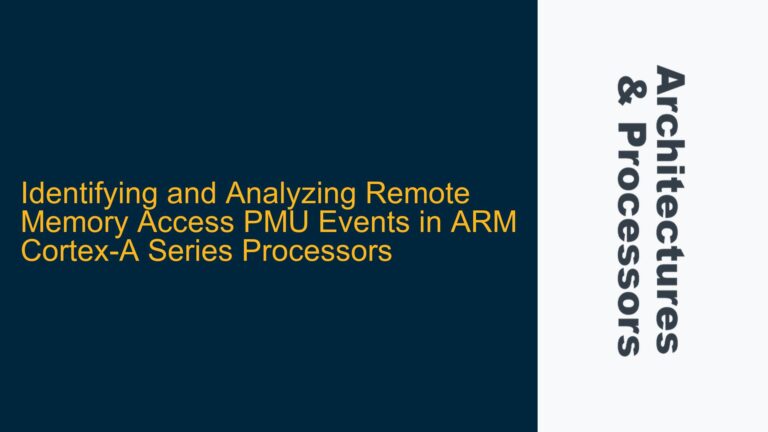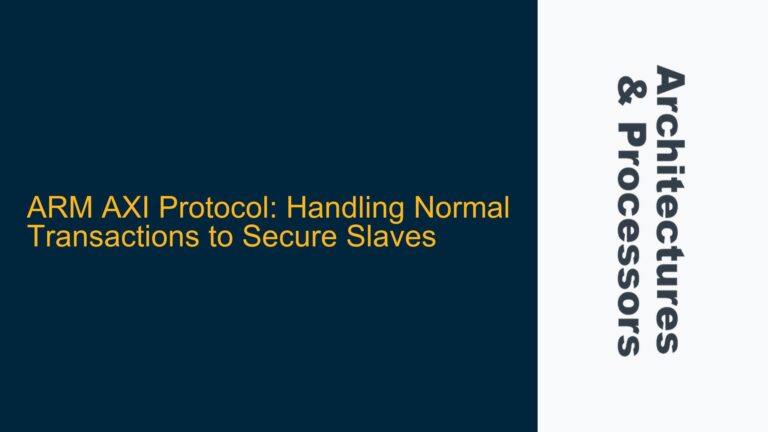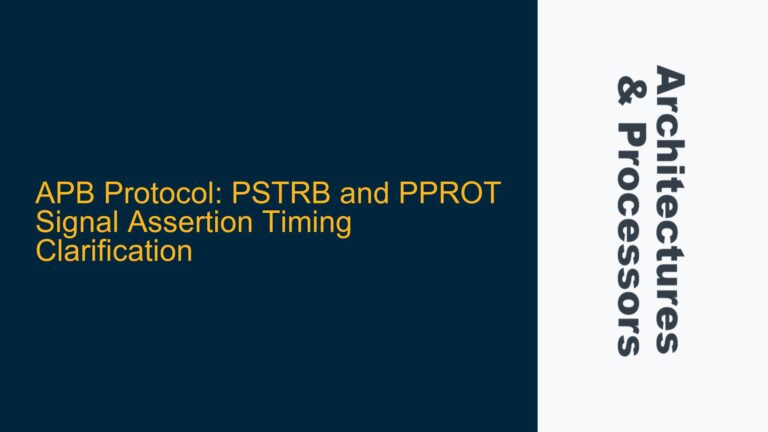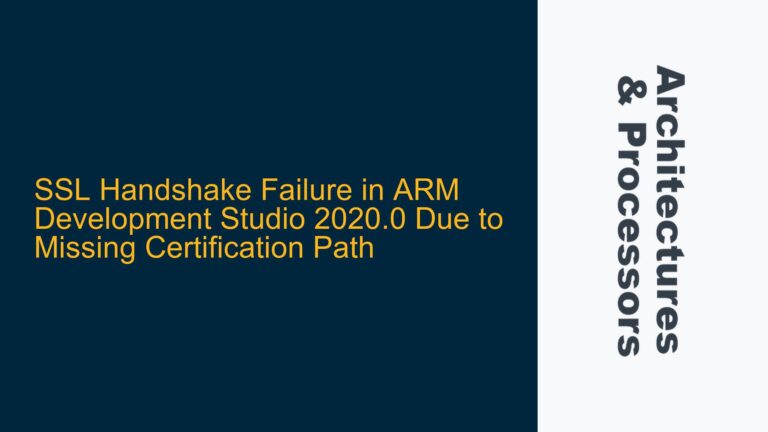ARM Cortex-M0/M0+/M1 32-bit x 32-bit to 64-bit Multiplication Challenges
The ARM Cortex-M0, M0+, and M1 processors are widely used in embedded systems due to their low power consumption and cost-effectiveness. However, these processors lack a native 64-bit multiply instruction, which poses a significant challenge when performing 32-bit x 32-bit multiplication to produce a 64-bit result. This operation is critical in applications such as audio decoding (e.g., MP3, ADPCM), where high-precision arithmetic is required. The absence of a direct hardware implementation for 64-bit multiplication necessitates the use of software-based solutions, which can be computationally expensive and cycle-intensive.
The primary issue lies in the decomposition of the 32-bit operands into 16-bit halves, performing partial multiplications, and then combining the results while managing carry propagation and bit shifts. The Cortex-M0/M0+/M1 architecture, being based on the ARMv6-M instruction set, has limited instructions for multiplication and lacks advanced features like hardware support for 64-bit operations. This limitation forces developers to rely on clever assembly-level optimizations to achieve efficient 32-bit x 32-bit to 64-bit multiplication.
Carry Propagation and Partial Product Management in 32-bit Multiplication
The core challenge in implementing 32-bit x 32-bit to 64-bit multiplication on Cortex-M0/M0+/M1 processors is the efficient handling of carry propagation and the management of partial products. When multiplying two 32-bit numbers, the operation can be broken down into four 16-bit x 16-bit multiplications, as shown below:
- High-High (HH): Multiply the high 16 bits of both operands.
- High-Low (HL): Multiply the high 16 bits of the first operand with the low 16 bits of the second operand.
- Low-High (LH): Multiply the low 16 bits of the first operand with the high 16 bits of the second operand.
- Low-Low (LL): Multiply the low 16 bits of both operands.
The results of these partial multiplications must be combined, taking into account the appropriate bit shifts and carry propagation. For example, the HH product contributes to the upper 32 bits of the result, while the LL product contributes to the lower 32 bits. The HL and LH products contribute to the middle 32 bits, with their overlapping portions requiring careful addition and carry handling.
The Cortex-M0/M0+/M1 architecture’s limited instruction set complicates this process. Specifically, the lack of a native 64-bit addition instruction means that developers must manually manage carry propagation using conditional instructions like ADCS (Add with Carry and Set flags). Additionally, the need to shift partial products into their correct positions adds further complexity and cycle overhead.
Implementing Efficient 32-bit x 32-bit to 64-bit Multiplication in Assembly
To achieve an efficient implementation of 32-bit x 32-bit to 64-bit multiplication on Cortex-M0/M0+/M1 processors, developers must leverage the processor’s strengths while minimizing the impact of its limitations. Below is a detailed breakdown of an optimized assembly implementation:
Step 1: Decompose the 32-bit Operands
The first step is to decompose the 32-bit operands into their 16-bit high and low halves. This can be done using the UXTH (Unsigned Extract Halfword) and LSRS (Logical Shift Right) instructions:
uxth r2, r0 ; Extract low 16 bits of operand 1 (b)
lsrs r0, r0, #16 ; Extract high 16 bits of operand 1 (a)
uxth r1, r1 ; Extract low 16 bits of operand 2 (d)
lsrs r3, r1, #16 ; Extract high 16 bits of operand 2 (c)
Step 2: Perform Partial Multiplications
Next, perform the four 16-bit x 16-bit multiplications using the MULS (Multiply and Set flags) instruction:
movs r4, r1 ; Copy d to r4
muls r1, r2 ; b * d (LL)
muls r4, r0 ; a * d (HL)
muls r0, r3 ; a * c (HH)
muls r3, r2 ; b * c (LH)
Step 3: Combine Partial Products with Carry Handling
The partial products must be combined while managing carry propagation. This involves shifting the HL and LH products into their correct positions and adding them to the LL and HH products:
lsls r2, r4, #16 ; Shift HL product left by 16 bits
lsrs r4, r4, #16 ; Shift HL product right by 16 bits
adds r1, r2 ; Add shifted HL product to LL product
adcs r0, r4 ; Add carry and upper part of HL product to HH product
lsls r2, r3, #16 ; Shift LH product left by 16 bits
lsrs r3, r3, #16 ; Shift LH product right by 16 bits
adds r1, r2 ; Add shifted LH product to LL product
adcs r0, r3 ; Add carry and upper part of LH product to HH product
Step 4: Return the 64-bit Result
The final 64-bit result is stored in registers r0 (upper 32 bits) and r1 (lower 32 bits). The function can then return these values to the caller.
Performance Considerations
The above implementation takes approximately 17 cycles, which is highly efficient given the constraints of the Cortex-M0/M0+/M1 architecture. However, further optimizations may be possible depending on the specific use case. For example, if only the upper 32 bits of the 64-bit result are required (e.g., in fixed-point arithmetic), certain steps can be skipped or simplified, potentially reducing the cycle count.
Example Use Case: MP3 Decoding on Cortex-M0+
In applications like MP3 decoding, where 32-bit x 32-bit multiplication is frequently used, optimizing this operation can significantly improve performance and reduce power consumption. For instance, a 64 kb/s mono MP3 decoder running on a 40 MHz SAMD21G18 (Cortex-M0+) processor could benefit from the reduced cycle count, enabling longer battery life in portable devices.
Conclusion
Efficient 32-bit x 32-bit to 64-bit multiplication on ARM Cortex-M0/M0+/M1 processors requires a deep understanding of the architecture’s limitations and strengths. By carefully decomposing the operands, managing partial products, and handling carry propagation, developers can achieve highly optimized implementations that meet the performance requirements of demanding applications like audio decoding. While the Cortex-M0/M0+/M1 architecture presents challenges, its simplicity and low power consumption make it an attractive choice for resource-constrained embedded systems.
